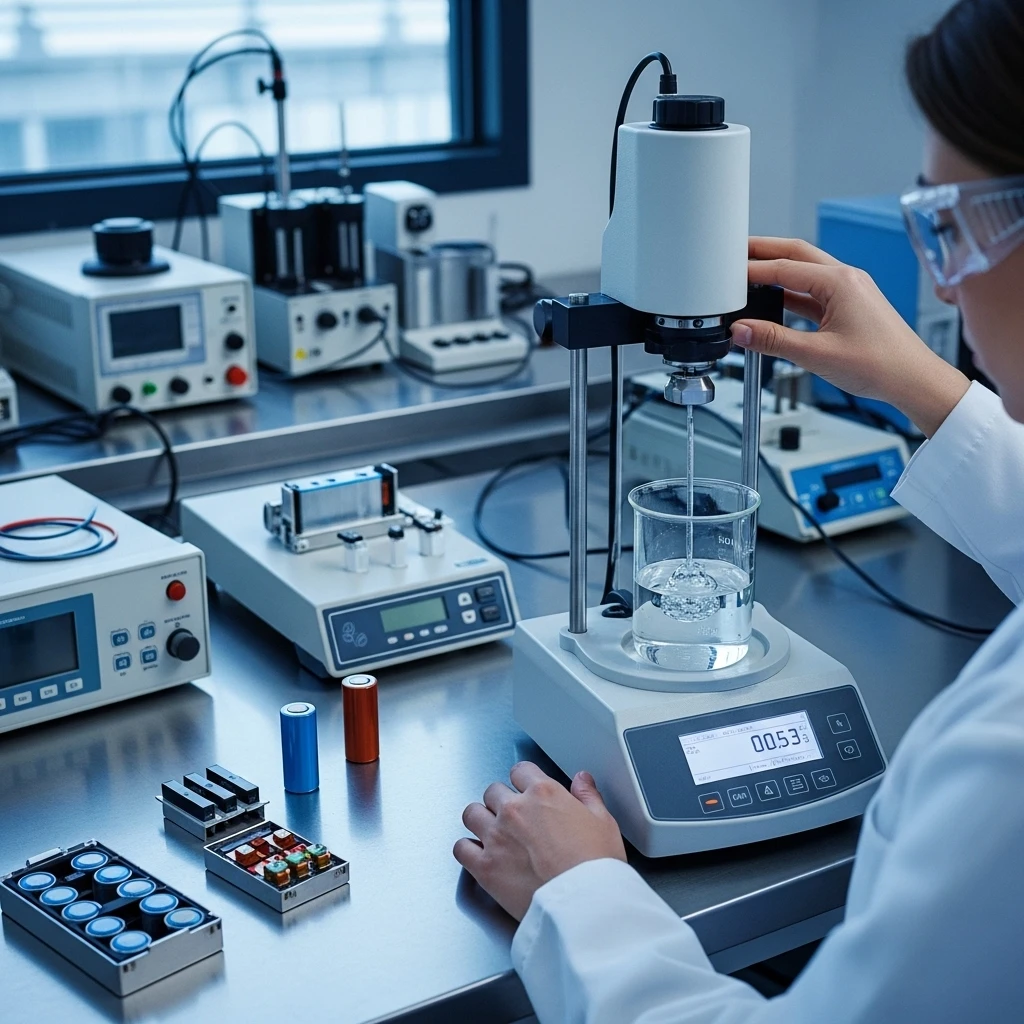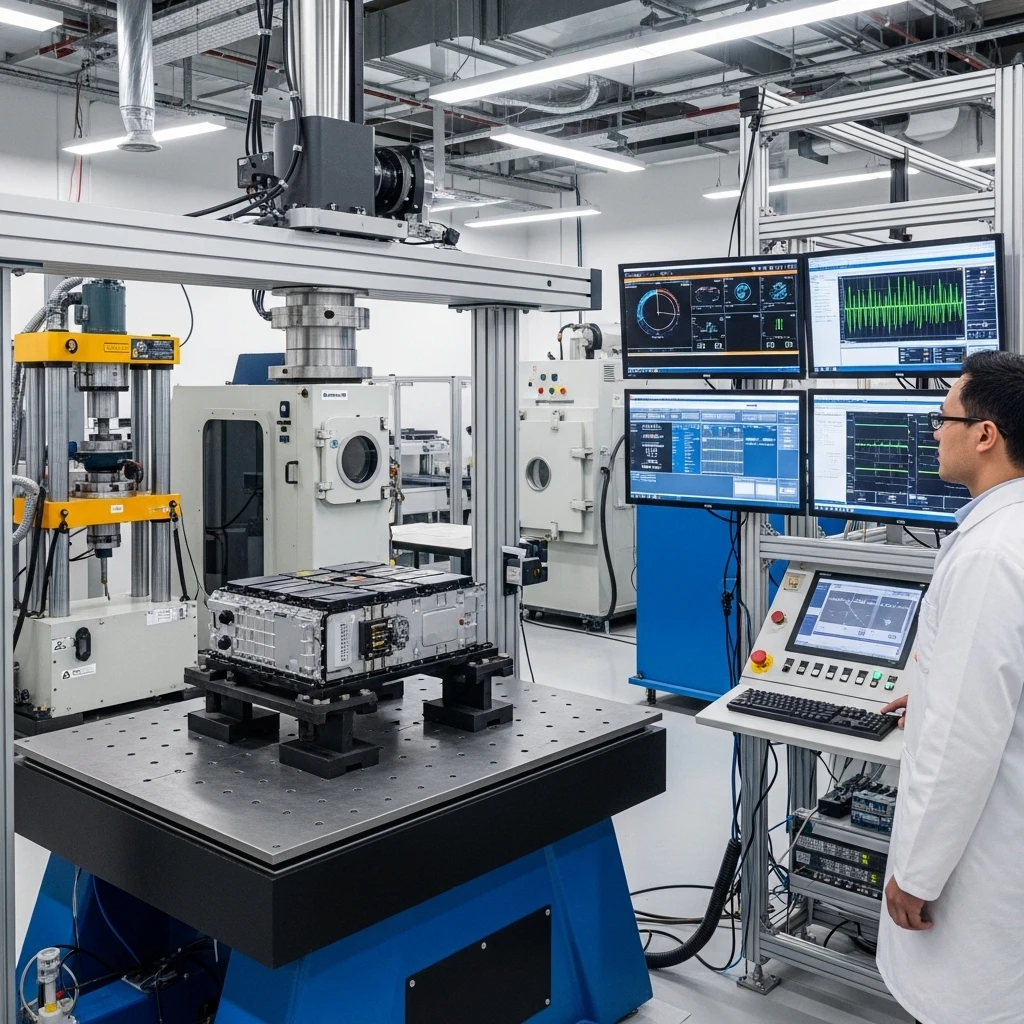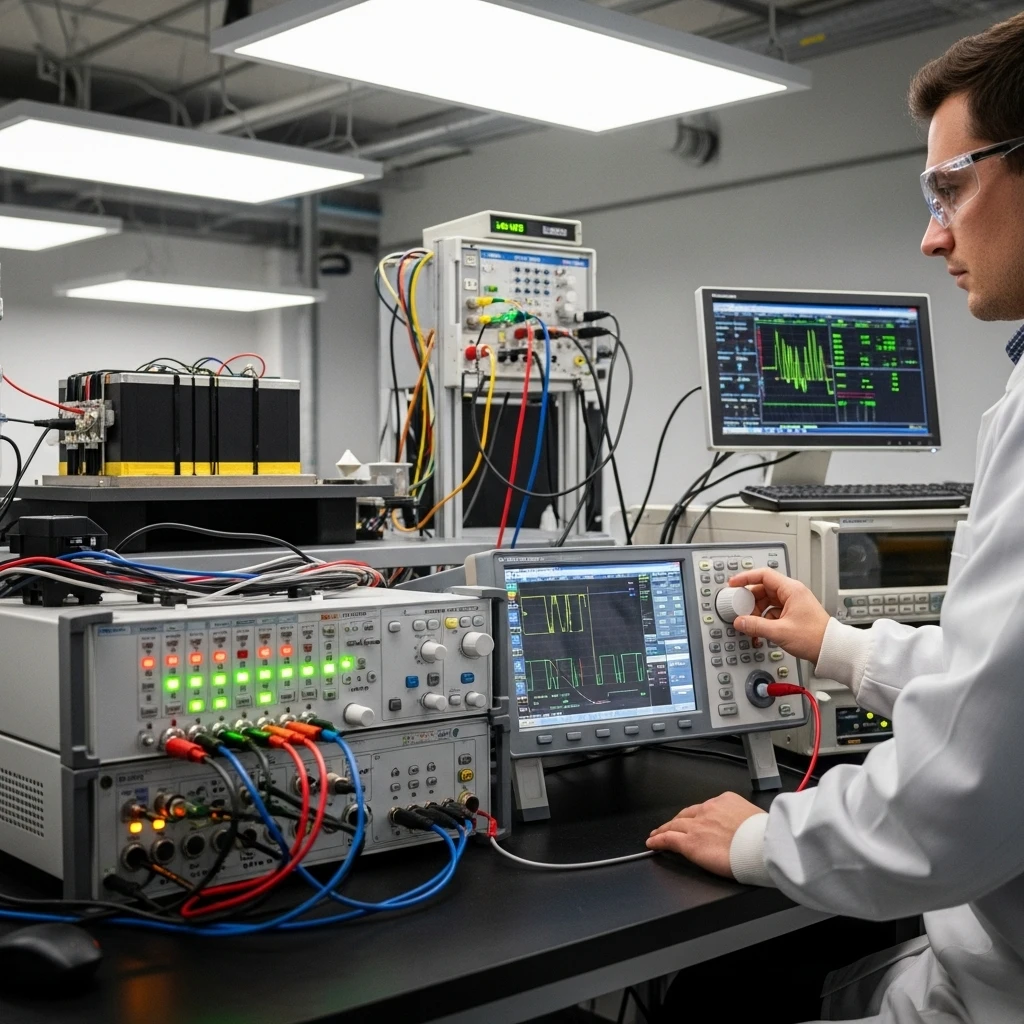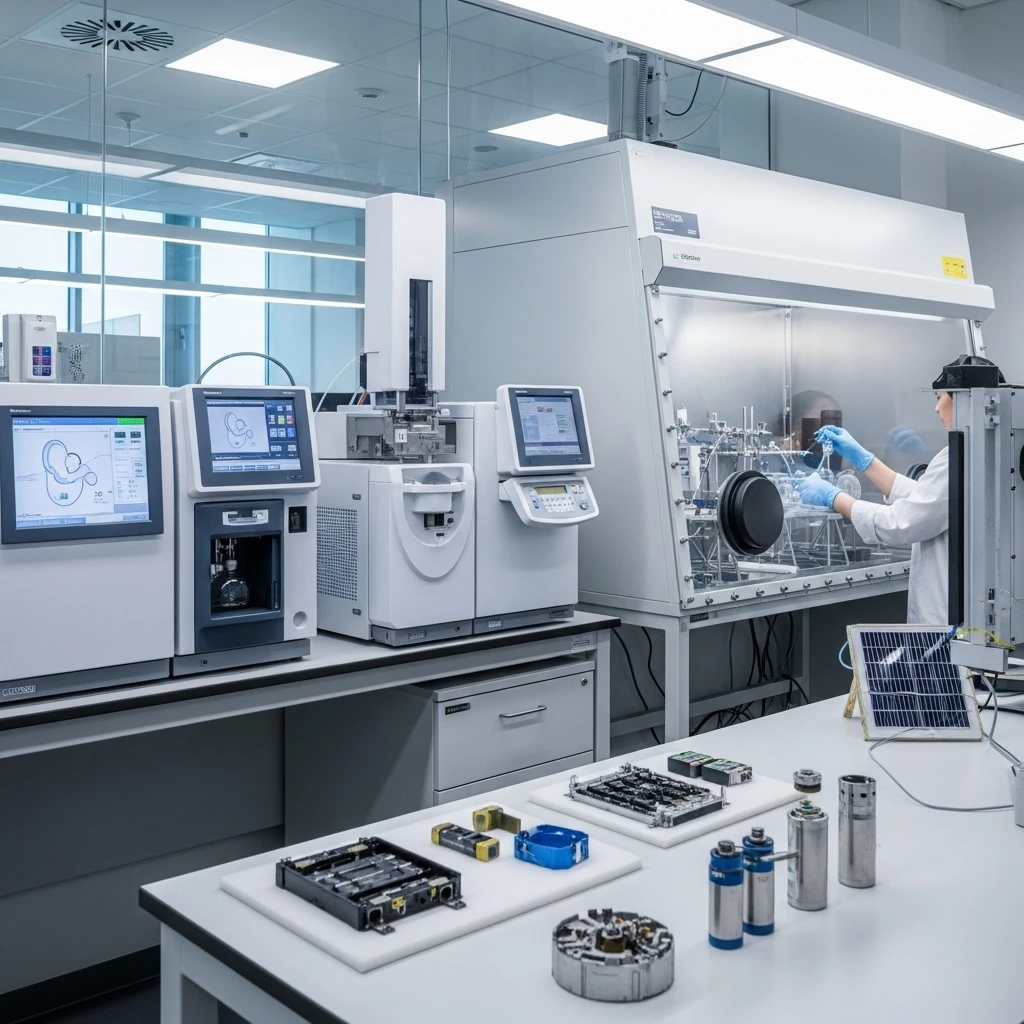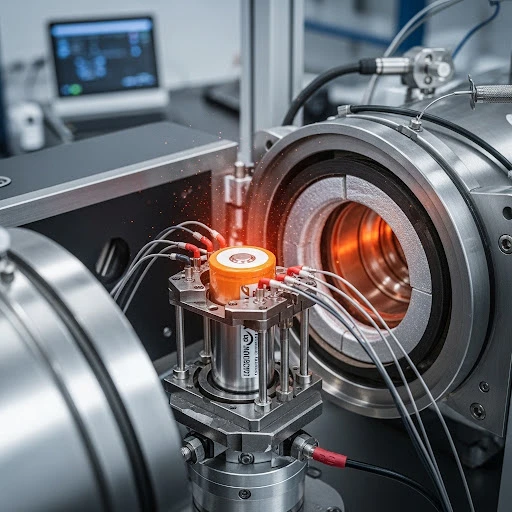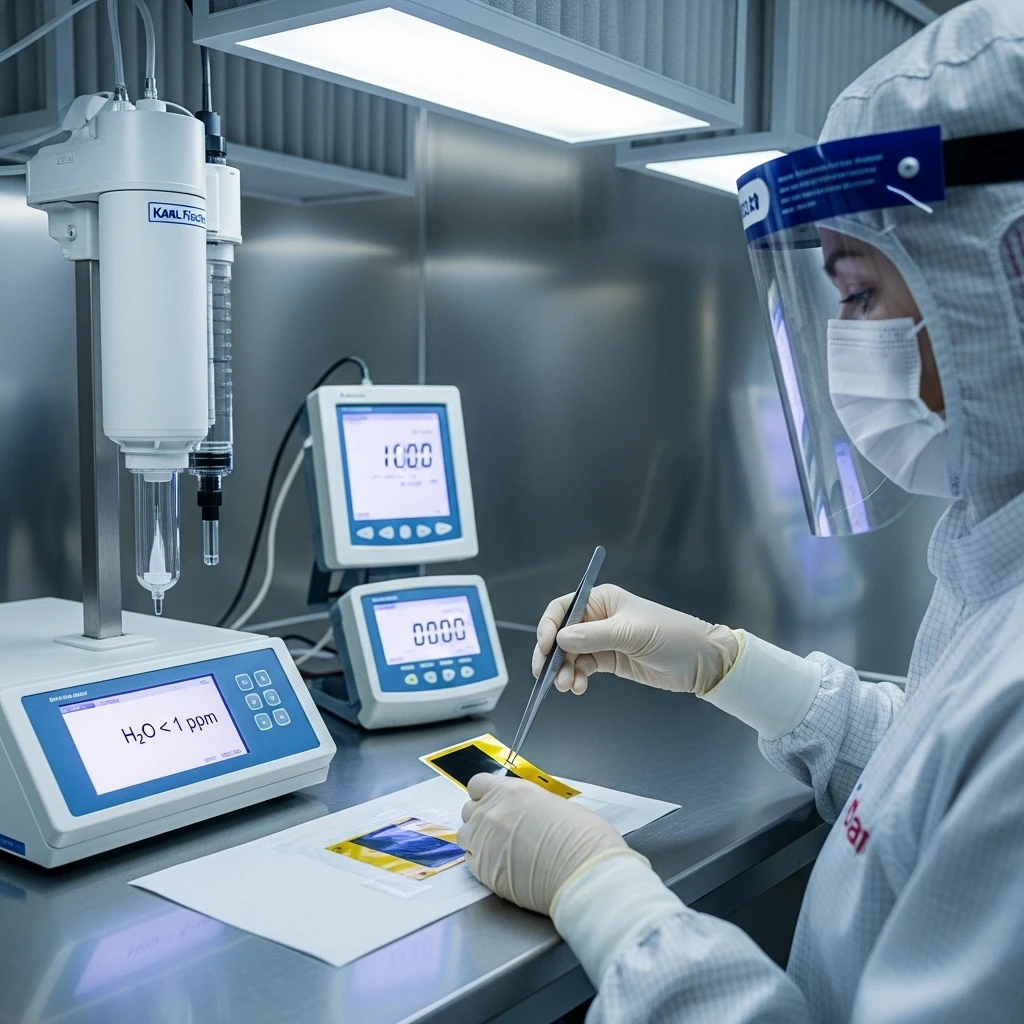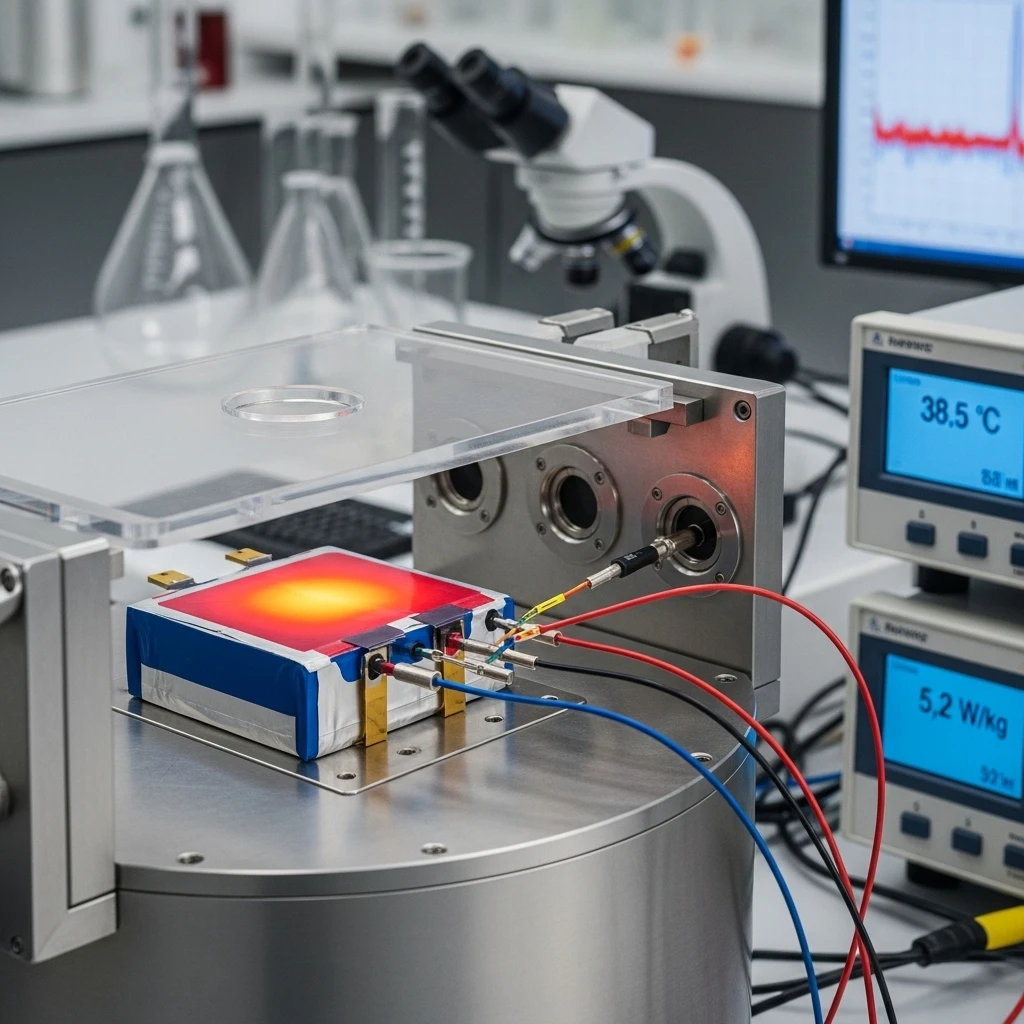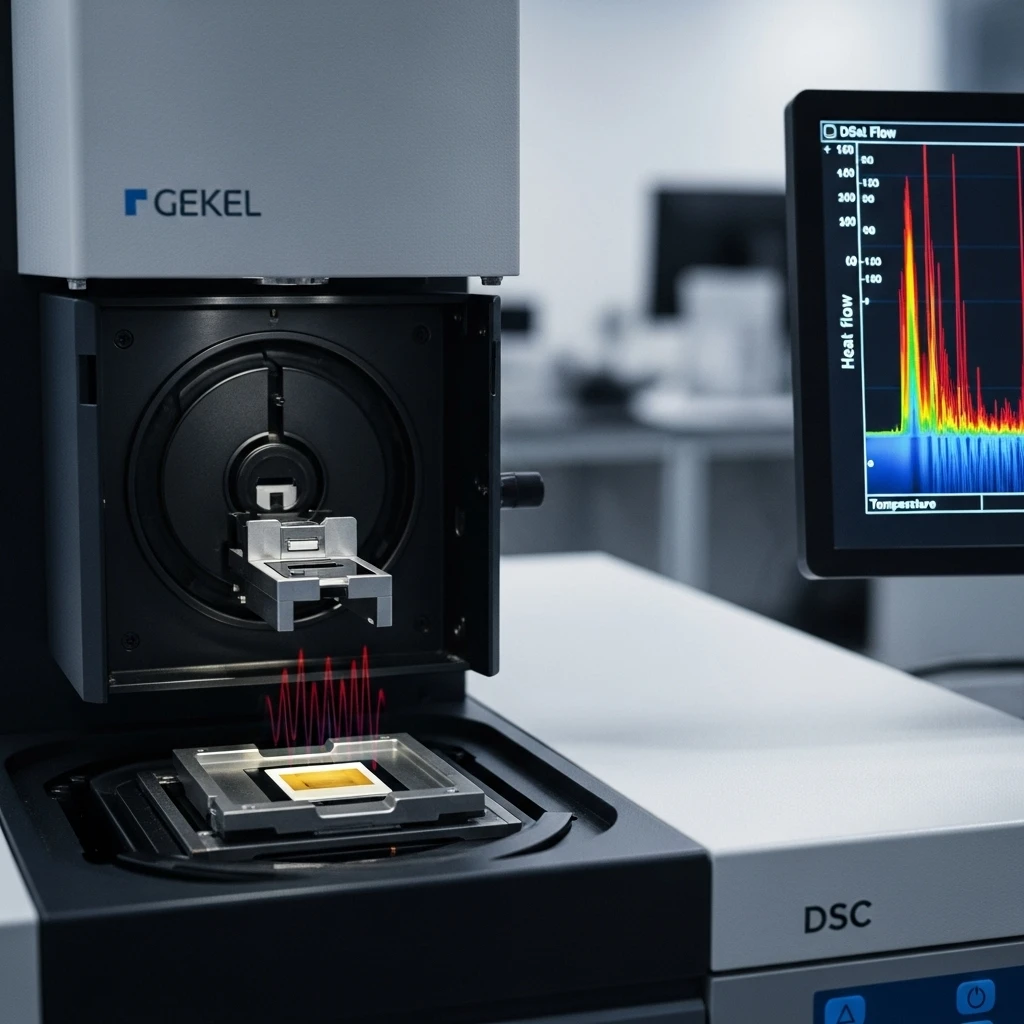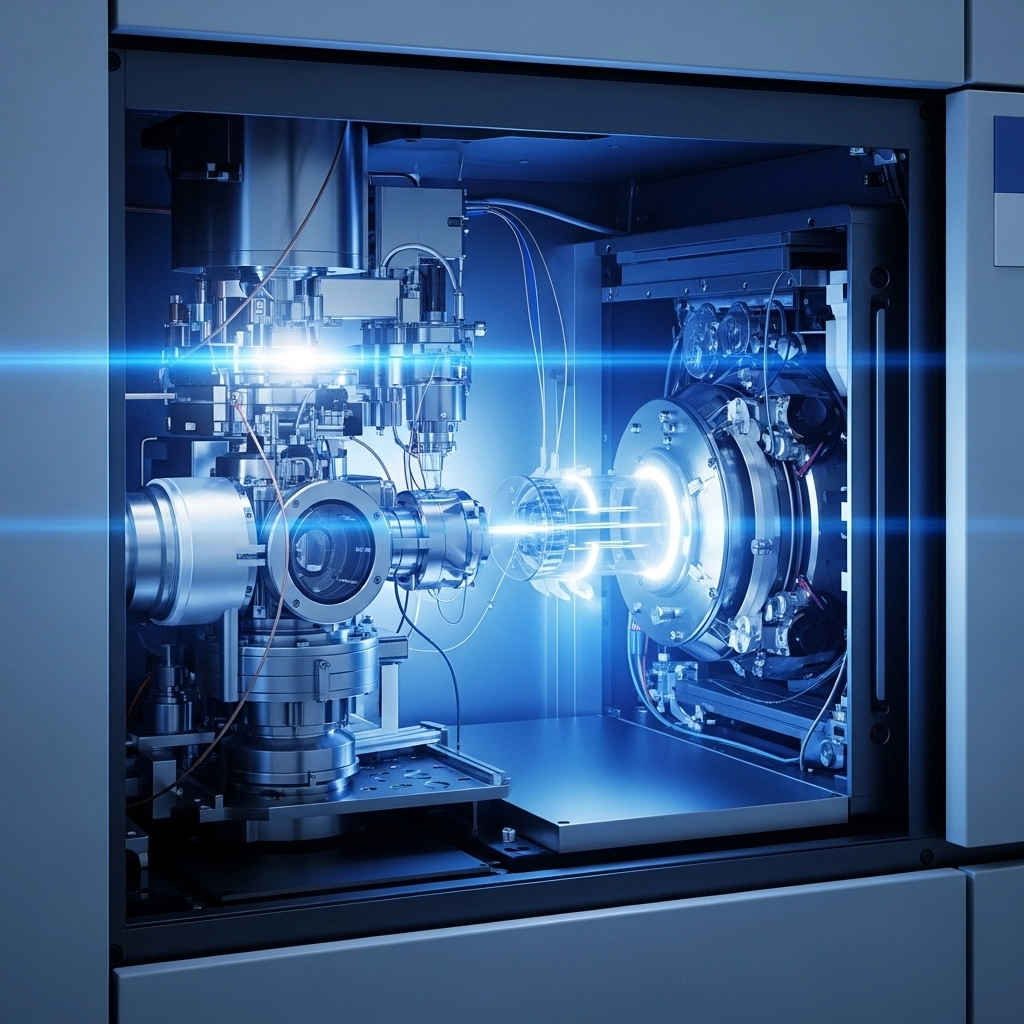
ImageFX (2025)
As scientific research and clinical diagnostics continue to evolve, the demand for precise, reliable, and versatile mass spectrometry (MS) solutions is higher than ever. With innovations in ionization technologies and increased focus on both qualitative and quantitative analysis, selecting the right mass analyzer for your application is critical. Whether you're analyzing secondary metabolites in bacteria or screening unknown compounds in human biofluids, understanding the capabilities and limitations of each MS platform is key to research success.
Understanding the Main Types of Mass Analyzers
Each mass spectrometry configuration offers unique advantages based on design, resolution, cost, and application compatibility. Below is an updated comparison of leading MS platforms.
Quadrupole Mass Spectrometers for Targeted Small Molecule Analysis
Ideal for routine electrospray ionization (ESI) applications and known for cost efficiency.
Key Features:
Mass Range: Up to 3000 m/z
Resolution: ~2000
Atmospheric Pressure Tolerance: Yes
Ion Polarity Switching: Fast and efficient
Strengths:
Compact and low-cost
Excellent for targeted quantification
Limitations:
Limited mass range
Poor compatibility with MALDI
Best for: Clinical labs and high-throughput small molecule quantitation.
Ion Trap Mass Spectrometers for Tandem MS Applications
Ion traps remain a go-to for tandem mass spectrometry (MS/MS) due to their flexible scan capabilities.
Key Features:
Mass Range: Up to 2000 m/z
Resolution: ~1500
Size & Design: Compact, simple, low-maintenance
Strengths:
Inexpensive and easy to maintain
Ideal for MS/MS workflows
Limitations:
Limited to low mass range (though less problematic with recent software enhancements)
Best for: Discovery-based workflows and method development.
TOF Mass Spectrometry for High-Speed, Broad Range Detection
TOF analyzers are valued for their broad mass range and ultrafast analysis speed.
| Feature | TOF | TOF Reflectron |
|---|---|---|
| Mass Range | Virtually unlimited (m/z ∞) | Virtually unlimited (m/z ∞) |
| Resolution | ~350 | ~1500 |
| Adaptability to MALDI | Excellent | Excellent |
| Adaptability to ESI | Limited | Limited |
| Cost | Low | Low |
| Speed | Very fast | Very fast |
| Additional Notes | Simple design | Higher resolution than basic TOF |
Best for: High-throughput profiling of biomolecules and MALDI applications.
FTMS Instruments for Ultra-High Resolution and Complex Analysis
FTMS systems, including Orbitrap and FT-ICR, deliver unparalleled resolution for complex sample analysis.
Key Features:
Mass Range: Virtually unlimited (m/z ∞)
Resolution: Up to 30,000
Vacuum Requirements: Ultra-high vacuum
Hardware Needs: Superconducting magnets (FT-ICR)
Strengths:
Exceptional resolution and accuracy
Ideal for untargeted discovery
Limitations:
High cost and maintenance
Large footprint
Best for: Proteomics, metabolomics, and advanced structural elucidation.
How to Choose the Best Mass Spectrometer for Your Research Needs
When selecting an MS system, consider the nature of your analytes, throughput requirements, and whether your application leans more toward targeted quantification or discovery-based research.
Use-Case Scenarios:
Clinical quantitation: ESI Triple Quadrupole excels at reproducible, high-sensitivity analysis of known targets.
Secondary metabolite profiling: Ion traps offer flexibility for both quantification and discovery.
Untargeted analysis in human fluids: TOF or FTMS systems are best for broad analyte detection when the exact molecular species are unknown.
Quick Selection Table:
| Application | Recommended System |
| Targeted small molecule analysis | Quadrupole, Triple Quad |
| Tandem MS workflows | Ion Trap |
| High-resolution MALDI imaging | TOF Reflectron |
| Untargeted metabolomics | FTMS |
| Cost-conscious routine testing | Quadrupole |
Mass Spectrometry Buying Guide: Final Considerations
Prioritize instruments that match both your current and future research scope.
Understand that some limitations (e.g., mass range) may not hinder specific analyses.
Evaluate the adaptability of systems for both known and unknown analytes.
Consider service requirements and instrument footprint when budgeting.
Final Thoughts on Mass Spectroscopy
Choosing the right mass spectrometer involves balancing resolution, cost, adaptability, and application-specific needs. Whether you're focused on high-throughput quantitation or untargeted molecular discovery, there's a platform designed to meet your goals. Ready to upgrade or expand your lab's capabilities? Browse Mass Spectrometers on LabX and find the platform that fits your research needs.

